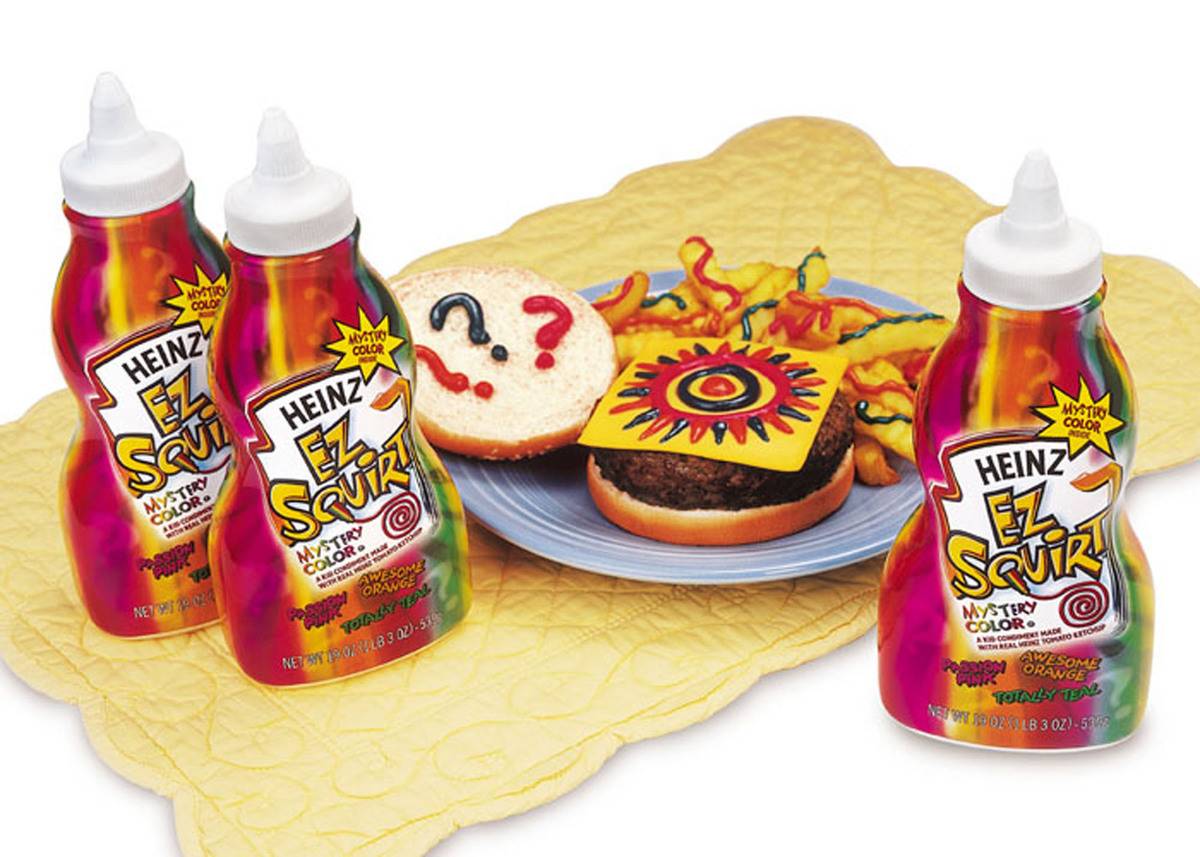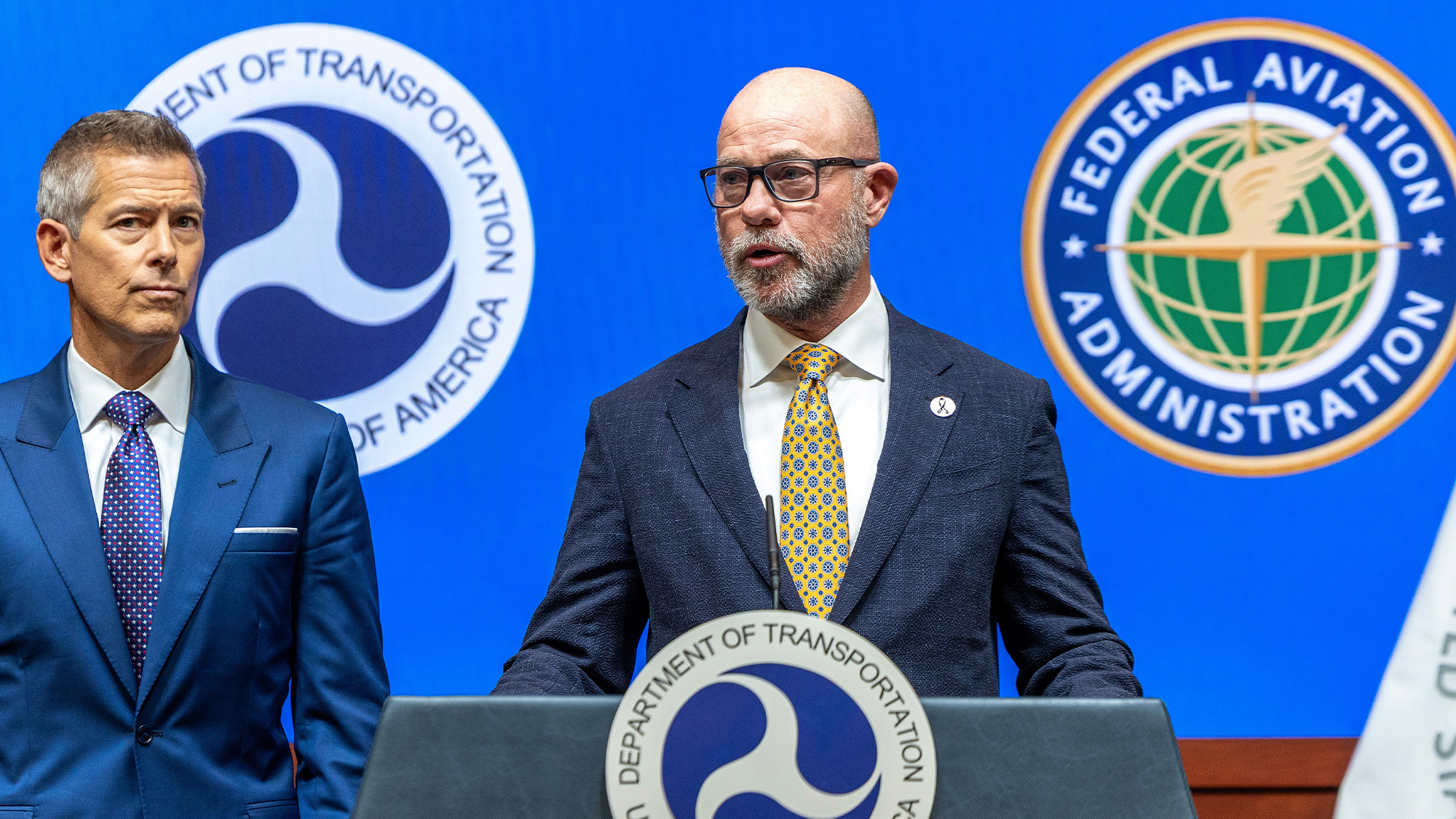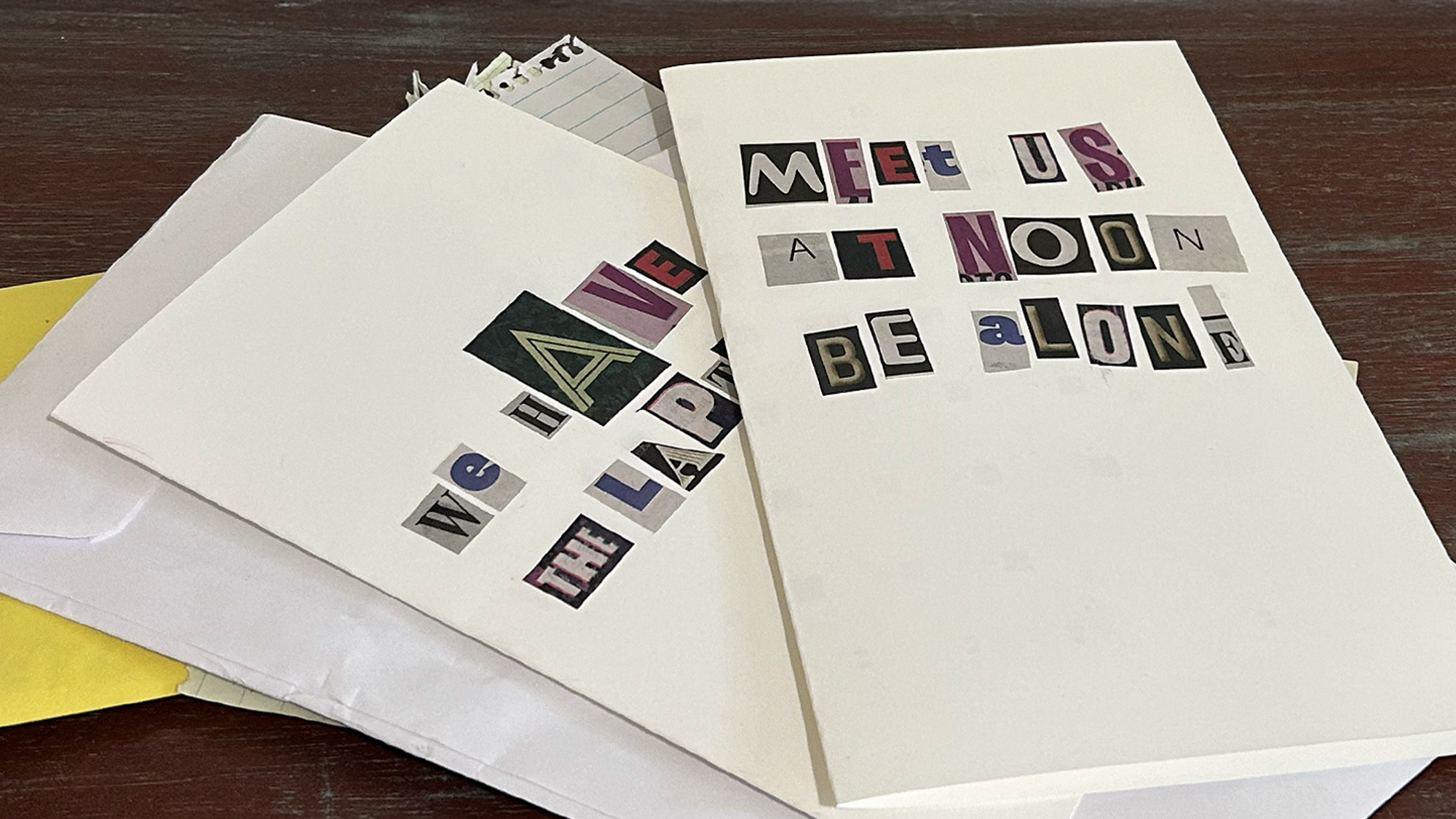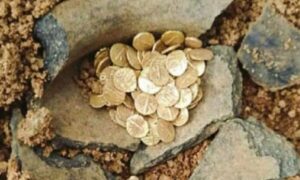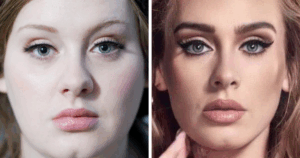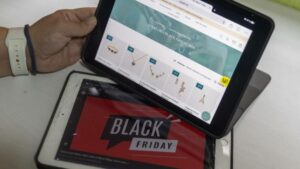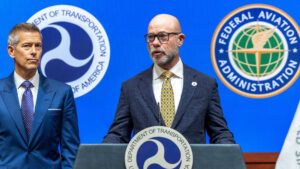“From Disasters to Duds: The Failed Products That Tanked Giants’ Fortunes”
Cosmo Yogurts were designed to integrate Cosmopolitan into the health industry. The company also promoted “lifestyle centers,” where women could receive health advice. But the yogurts only remained on the shelves for 18 months before they were discontinued due to low sales.
Balenciaga’s “Homage” To IKEA

In 2017, IKEA entered high fashion. The company Balenciaga created an homage to IKEA’s blue FRAKTA bags. The problem? Balenciaga’s bag cost $2,145, while IKEA’s version only cost $0.99.
IKEA took advantage of Balenciaga’s failed marketing attempt. They advertised the “original” as cheaper, foldable, and able to be washed–all of which the calfskin knock-off couldn’t do. Customers questioned why they would spend thousands on a bag that they could buy for one dollar. Balenciaga’s bag did not sell well.
The Infamous Unicorn Frappuccino

In 2017, Starbucks had only just realized that customers were posting their drinks on Instagram. They designed a beverage that would blow up on social media called the Unicorn Frappuccino. Great idea, terrible execution.
The Unicorn Frappuccino included sweet pink powder, sour blue powder, color-changing dyes, and mango syrup. If it sounds awful, that’s because it was. It tasted bad, and employees struggled with powder all over their hair. The Unicorn Frappuccino never came back.
Microsoft’s iPod, The Zune

In 2006, Microsoft released the Zune to compete with Apple’s iPod. The Zune was a portable media player that looked similar to the iPod. Although users claimed that the product worked well, it didn’t last. By 2011, the Zune had disappeared.
The Zune’s failure resulted from timing, at least in part. It came out five years after the iPod, and Apple had already monopolized the market. Plus, the Zune offered nothing new and seemed to be no different from an iPod.
Pepsi’s Berry Soda Flavor, Pepsi Blue

In 2002, Pepsi released a soft drink to compete with Vanilla Coke. Instead of going for vanilla, they went with a berry-flavored soda called Pepsi Blue. The drink disappeared by 2004; however, it’s still available in some countries such as Indonesia.
The “berry cola fusion” came out at the wrong time. In 2004, panic erupted over the food dye Blue 1, which is outlawed in most countries. The flavor also didn’t live up to expectations, tasting more like cotton candy.
Apple’s Failed Game Console, The Apple Pippin

Today, Apple seems to succeed with every product. But in the ’90s, the company was still finding its footing. In 1996, Apple released a game console called the Apple Pippin. At the time, Steve Jobs was not with the company, and Apple had collaborated with a Japanese toy firm.
The Pippin only sold 42,000 units within the first year. By comparison, Nintendo’s N64 (which was also released in 1996) sold over 350,000 consoles within the first day. Pippin didn’t last the year.
Coffee-Flavored Coca-Cola

In 2006, Coca-Cola released a coffee-flavored soda called Coca-Cola BlāK. The drink first launched in France, Lithuania, and Slovakia before reaching the U.S. When it hit American markets, the beverage only lasted for one year. Worldwide, Coca-Cola BlāK discontinued in 2008.
Chief technical officer Nancy Quan believes that bad timing made the product flop. In 2019, Coca-Cola released more coffee-flavored sodas in Australia, Italy, Spain, and Thailand. Time will tell if these drinks fail as badly as Coca-Cola BlāK.
The Facebook Home App

In 2013, Facebook tried to expand its platform by creating different apps. The app Facebook Home transformed an Android’s home screen into a Facebook feed. Although it was a neat idea, the bugs made it nearly impossible to use.
Users claimed that they struggled to operate Facebook Home. Many couldn’t toggle between Home and the original interface, and the app did not allow customization options. Only a few hours after the release, Facebook Home received 2.3 out of five stars on Google Play.
All The Problems With Windows Vista

As a follow-up to Windows XP, Microsoft released its new operating system, Windows Vista, in 2007. Both consumers and IT professionals panned the product. Vista was so inefficient that it didn’t support most existing software, including anti-malware programs.
Vista was also far too slow. While XP had 35 million lines of code, Vista had 50 million, which didn’t fare well for most computers. Apple took advantage of Vista’s failure and used it to boost their own products.
